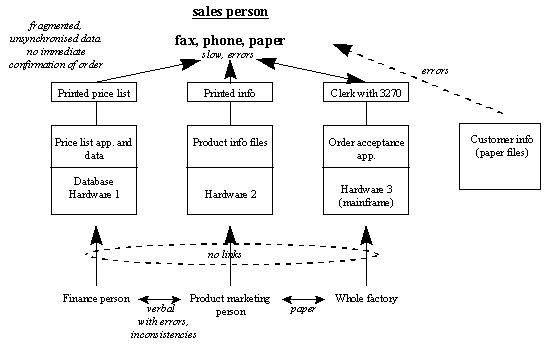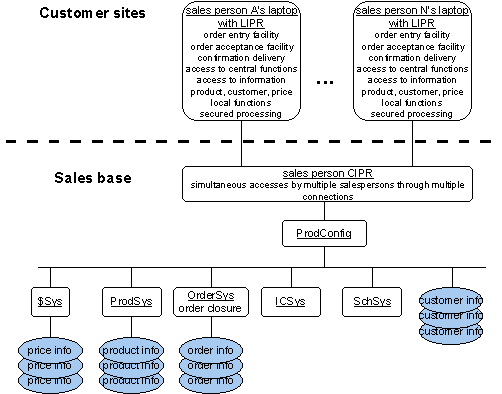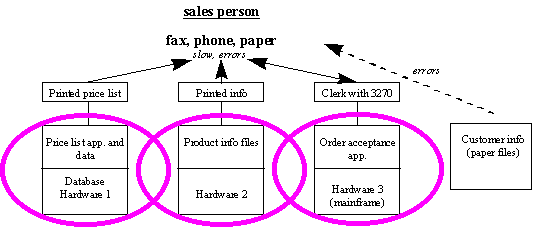
The objective of the first step in Phases B, C, and D of the ADM is to build a high level description of the characteristics of the current system, reusable building blocks from the current system, the technical functionality needed to address the business problem, and to identify additional constraints. This is necessary as the description documents the starting point for architectural development and lists the interoperability issues that the final architecture will have to take into account. Potential reusable building blocks may be contained in the existing environment. They are identified in this step.
The best approach is to describe the system in terms already used within the organization. A reliable picture can be built up of the business functions served and the platforms which support those functions. Gather and analyze only that information that allows informed decisions to be made regarding the target architecture.
The inputs to this step are:
The essential outputs from this activity are:
The key input to this step is the existing architecture. In this example a depiction of an existing architecture is shown in the following figure. Additionally depicted in this architecture model are pointers to existing problems with the existing architecture. These pointers are used by the architect to determine where existing components are failing, and where existing systems can be re-used.

Figure J-3: XYZ's Existing Architecture
It is necessary to record existing strategic decisions about the existing architectural and technological issues such as:
The next step consists of restating the business process, considering what functionality will be required and deciding what constraints apply. Decisions at this stage are not definitive, but act as input for the following steps and iterations.
The architects of XYZ identified the following pieces of technical functionality as necessary to support the business processes. This list was produced using standard brainstorming techniques.
Assumptions of required technical functionality
Also in the brainstorming session, some assumptions were made and therefore must be documented as they should be used throughout the process:
One constraint was put on the development because XYZ already had systems in place to support the sales process:

Figure J-4: Model of Candidate Building Blocks Augmented with Technical Functionality
The above model is scrutinized and questions are asked about the functionality that could be provided by the existing system. The following diagram depicts the set of candidate building blocks from the existing system, resulting from this question.

Figure J-5: Candidate Building Blocks from the "Baseline Driven List"
The Architectural Model level.
Copyright � The Open Group, 1998, 2002